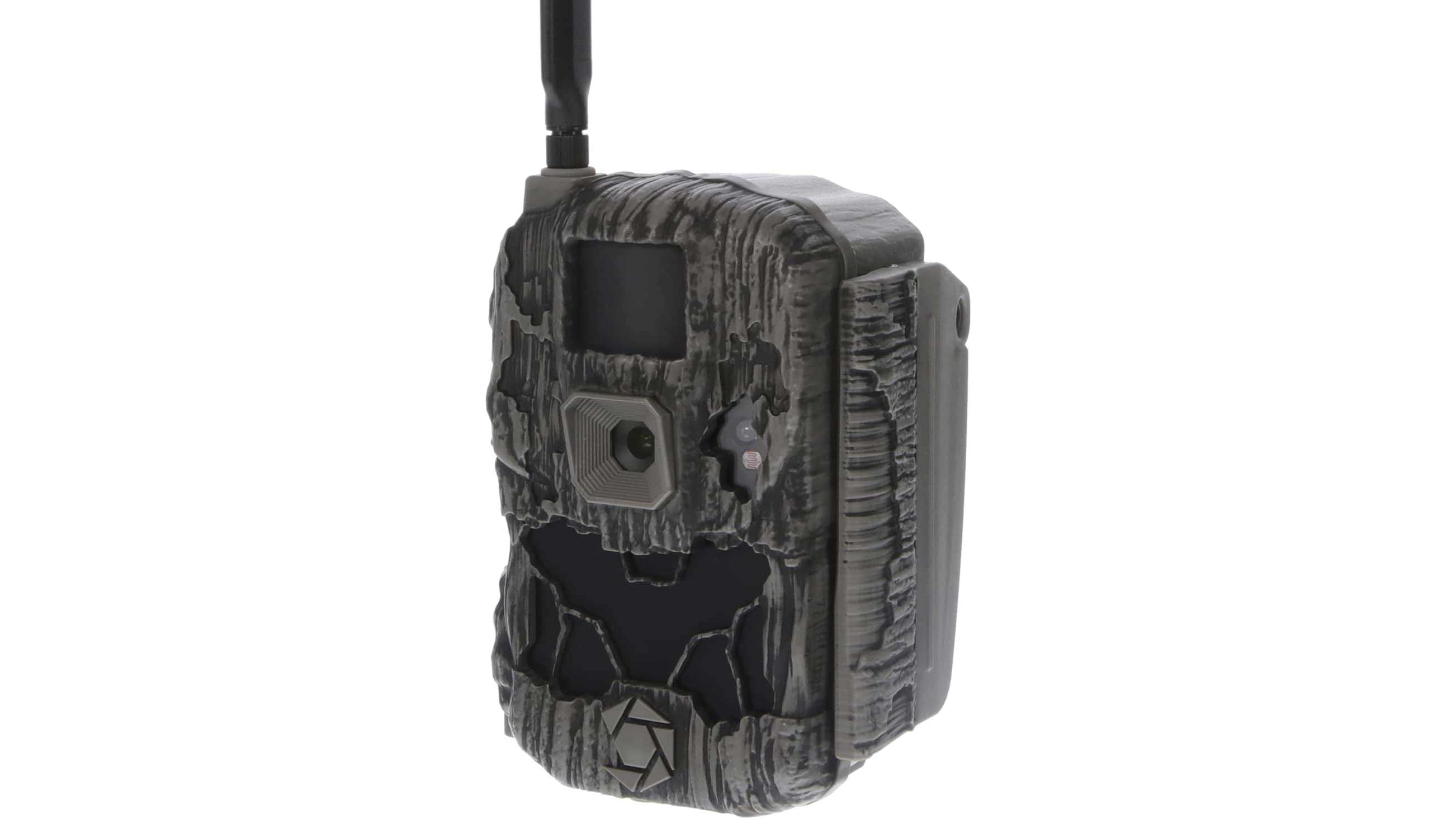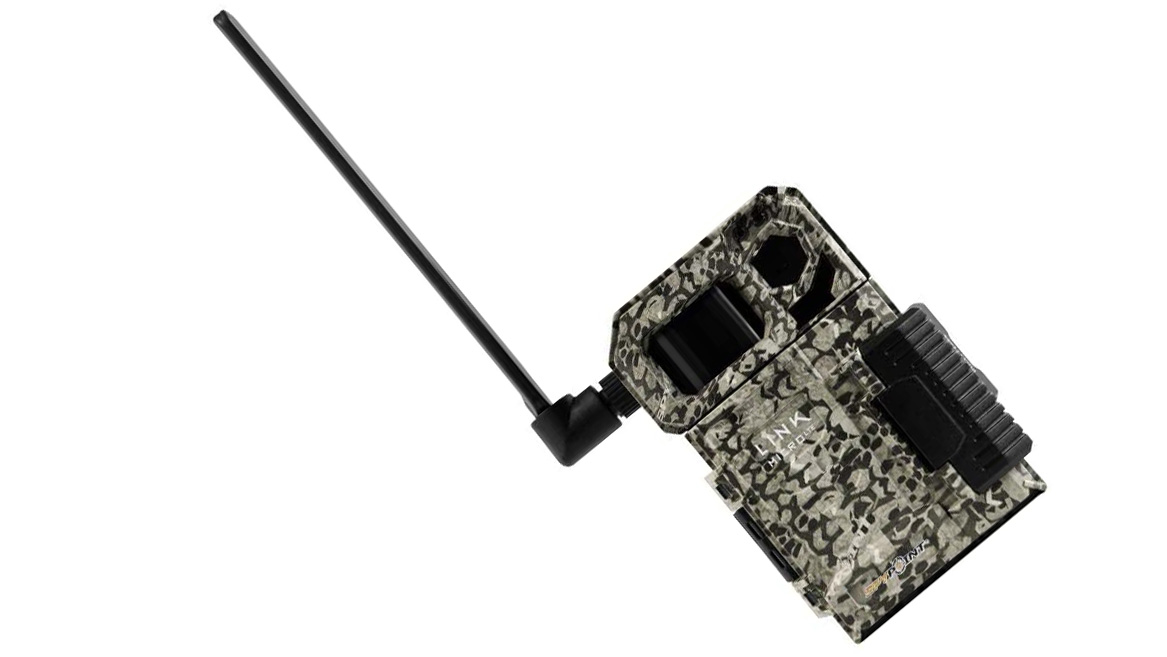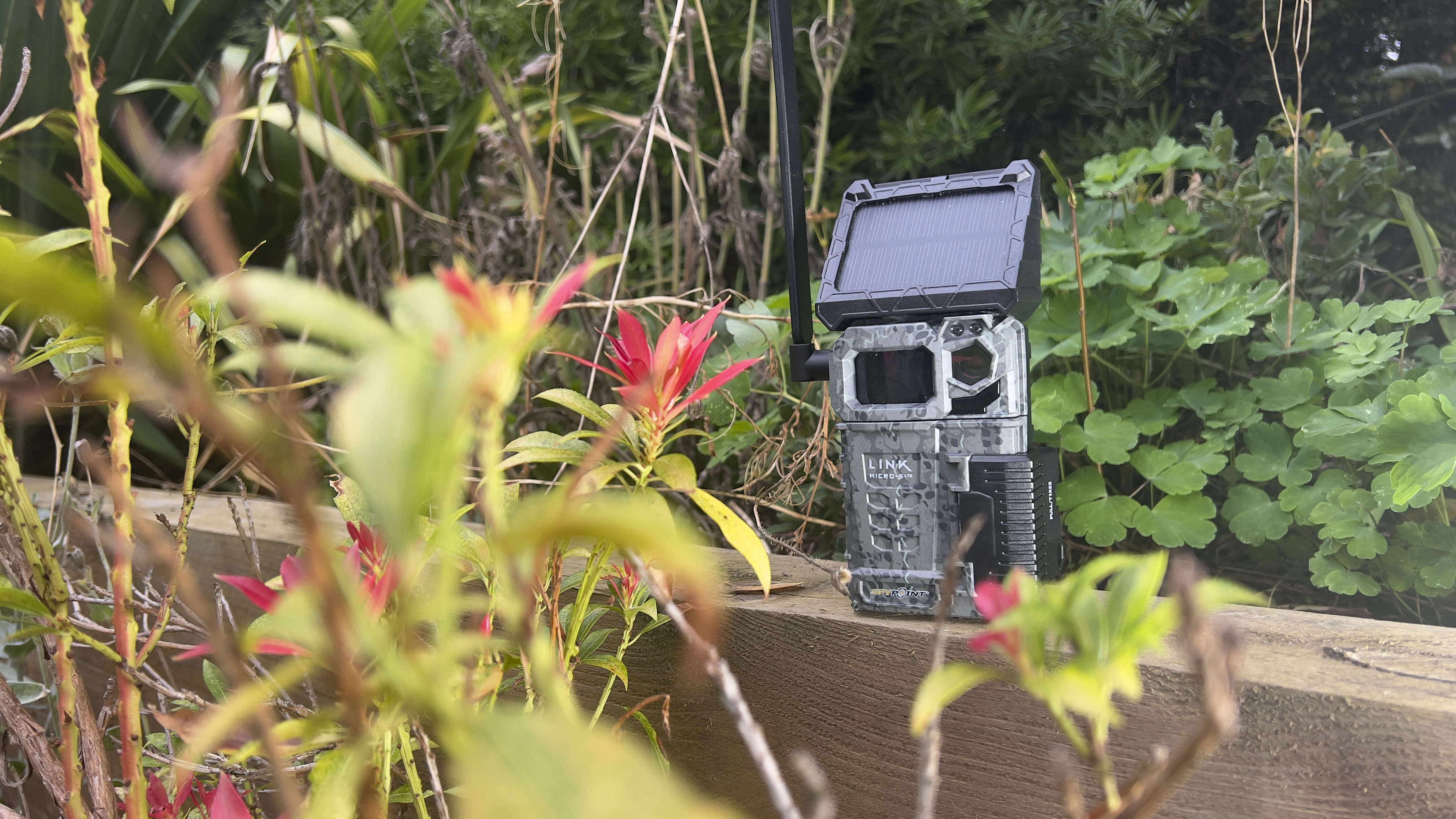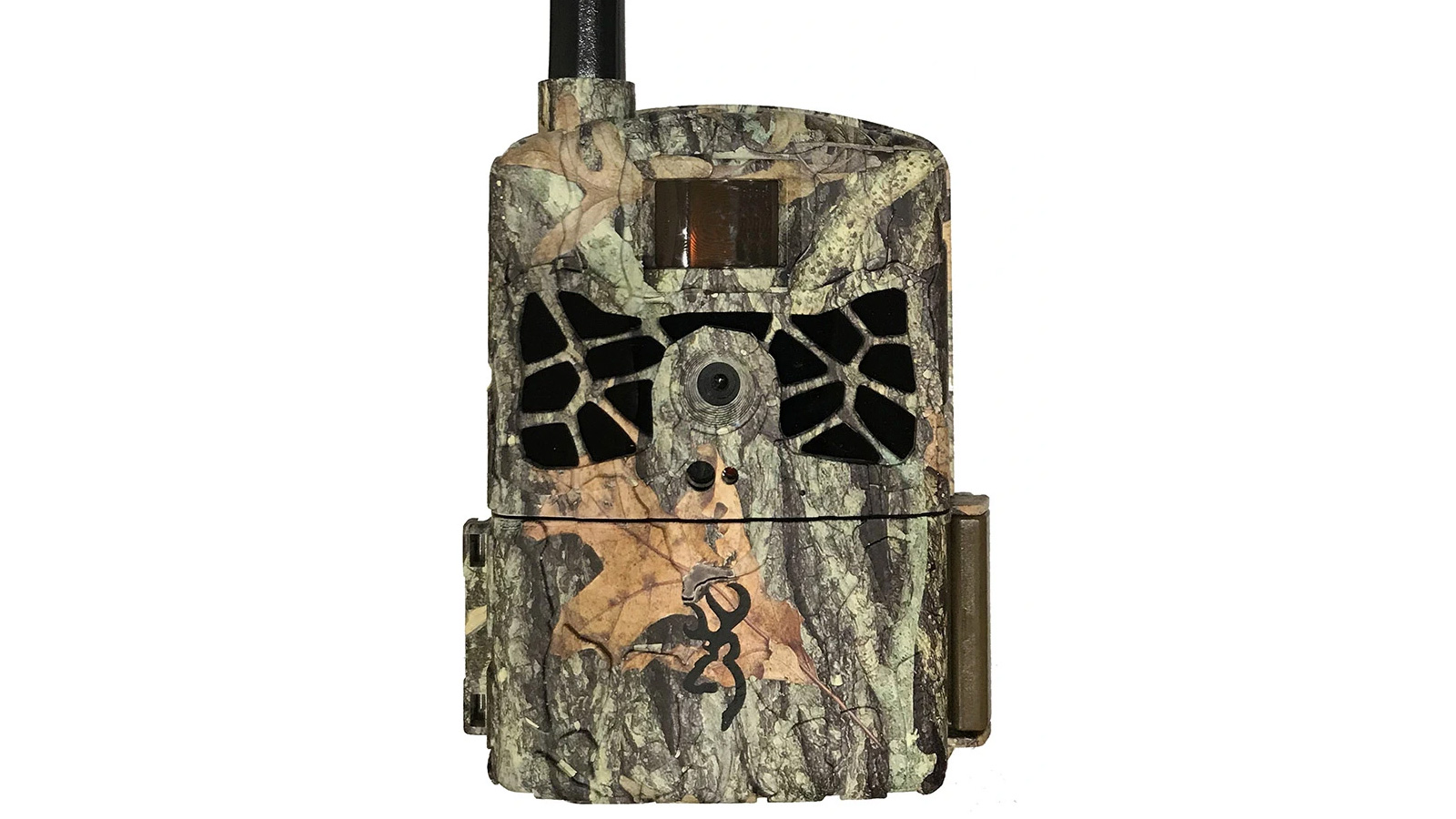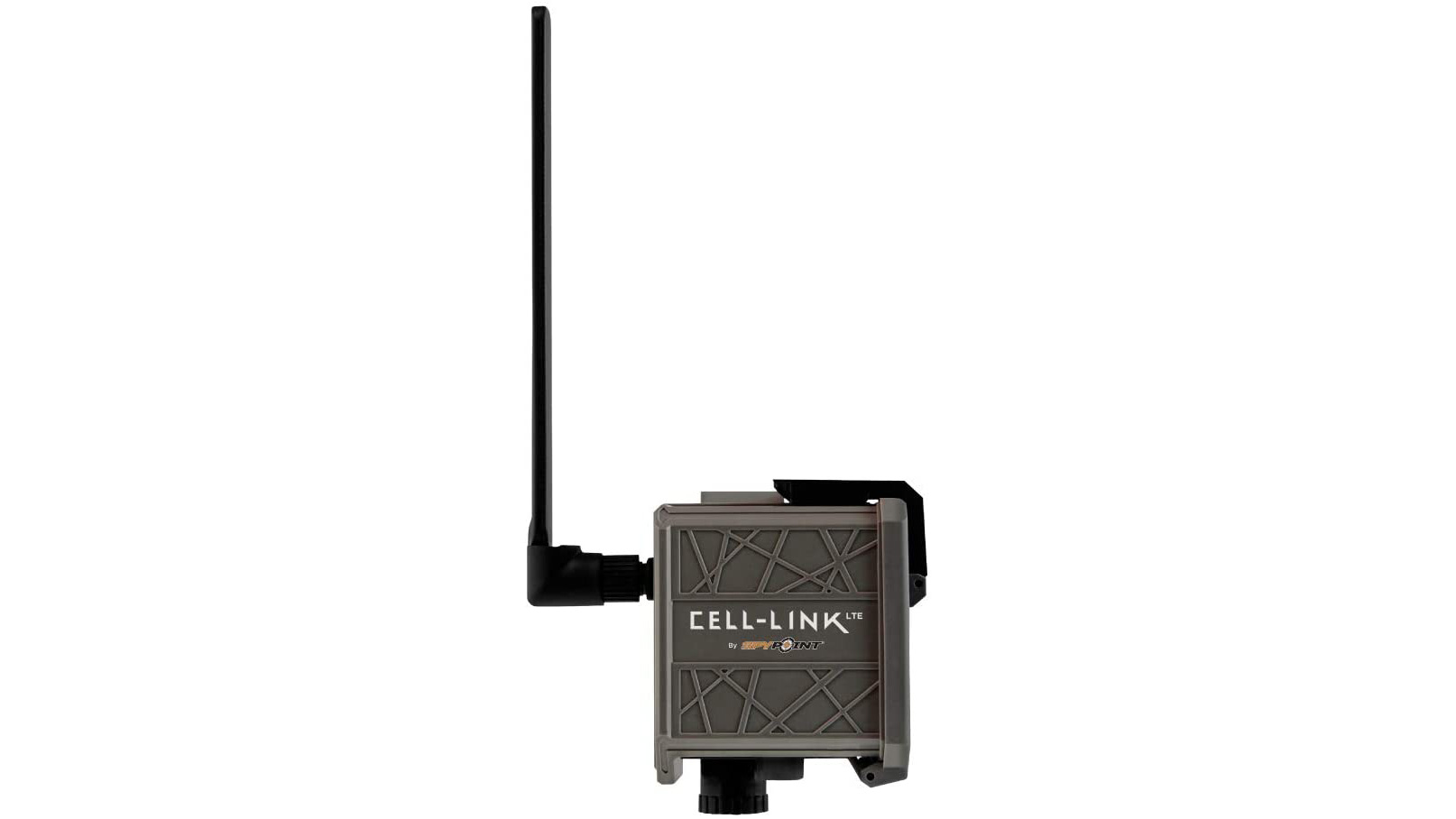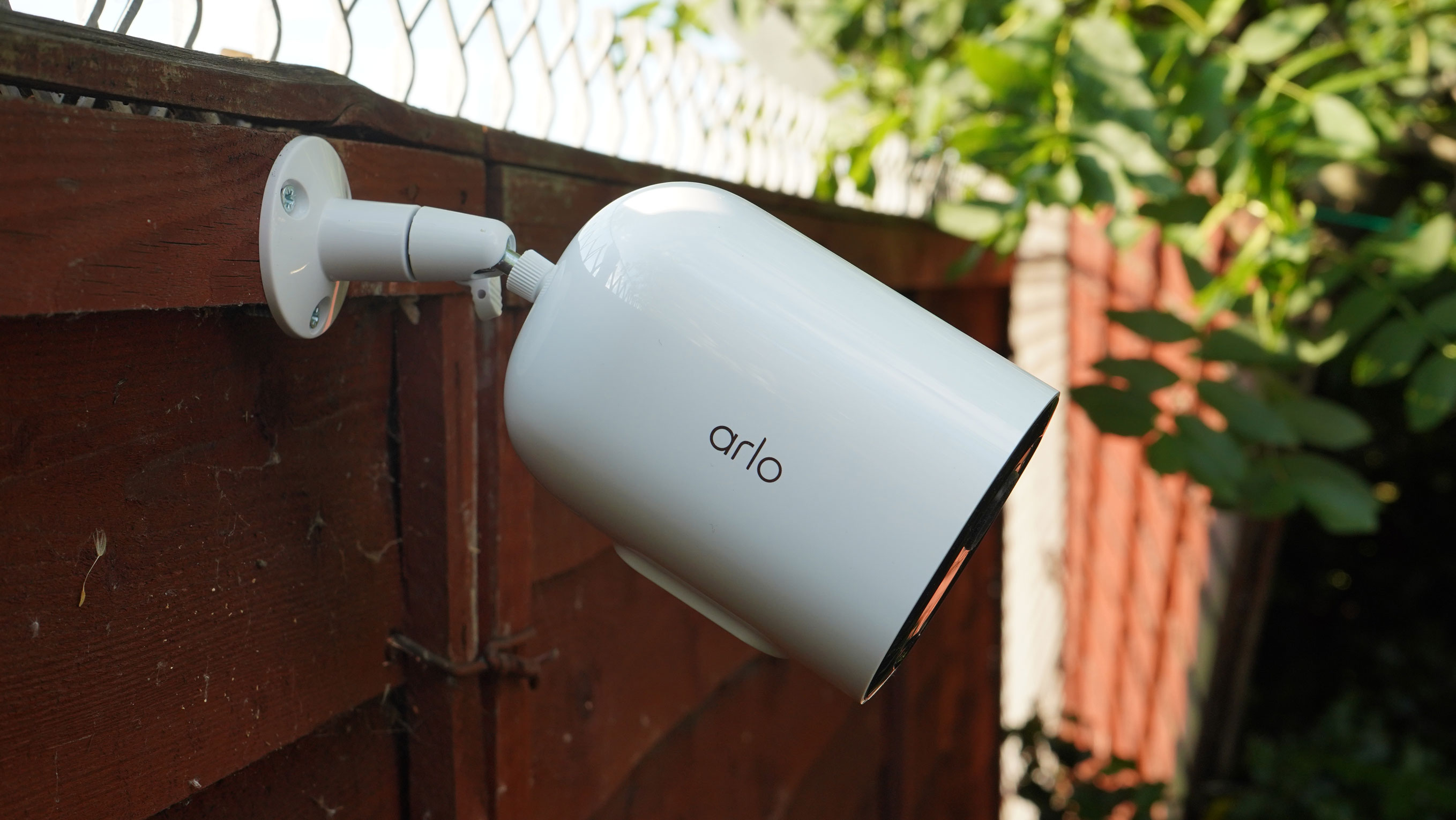Best cellular trail cameras: camera traps that send images to your phone
Monitor and shoot wildlife without being there in person, using the best cellular trail cameras
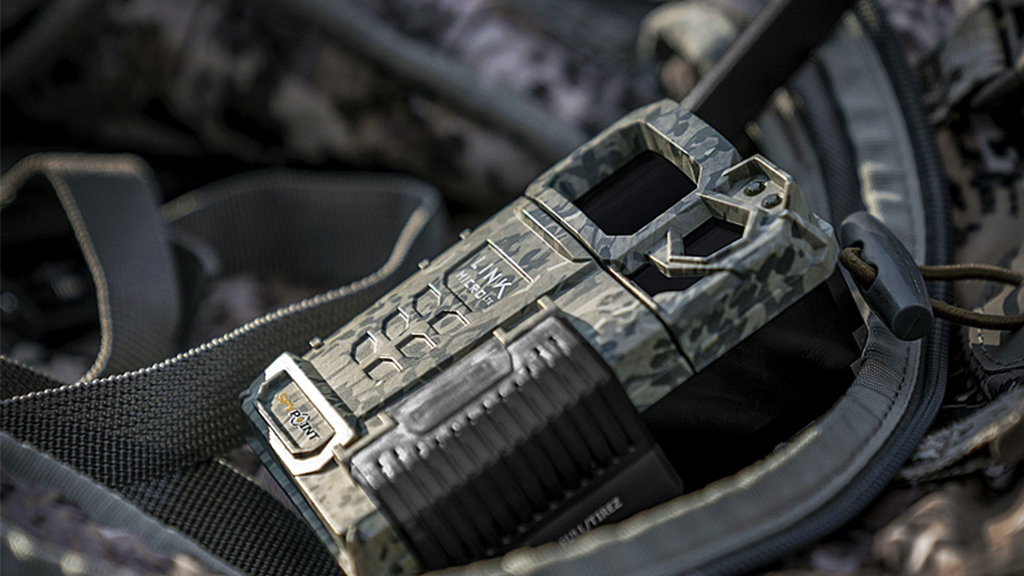
The best cellular trail cameras enable you to monitor wildlife at a distance, via your smartphone. Also known as camera traps, you can place these small cameras in a natural environment and they'll capture animals as they pass.
Cellular trail cameras help you to see animals behaving naturally, and get photos of shy wildlife that would otherwise be scared off. If you're a wildlife photographer trying to determine whether it's worthwhile setting up your full cameras for wildlife, scouting locations first with a trail camera is a great idea.
The best cellular trail cameras are similar to the best trail cameras, which allow you to pop in a SIM card. But rather than having to wait until you fetch the camera to see the images, you can upload them immediately to a cellular network. This can be truly game-changing for wildlife and nature photographers as well as huntsmen.
Some cameras come bundled with a SIM and a no-contract plan, so you don't have to stick with your regular phone network. Most, though, will require some kind of monthly financial commitment if you want to access images remotely.
Below, we list the best cellular trail cameras available today, at a range of budgets. And we'll give you all the information you need to choose the right one.
Top picks
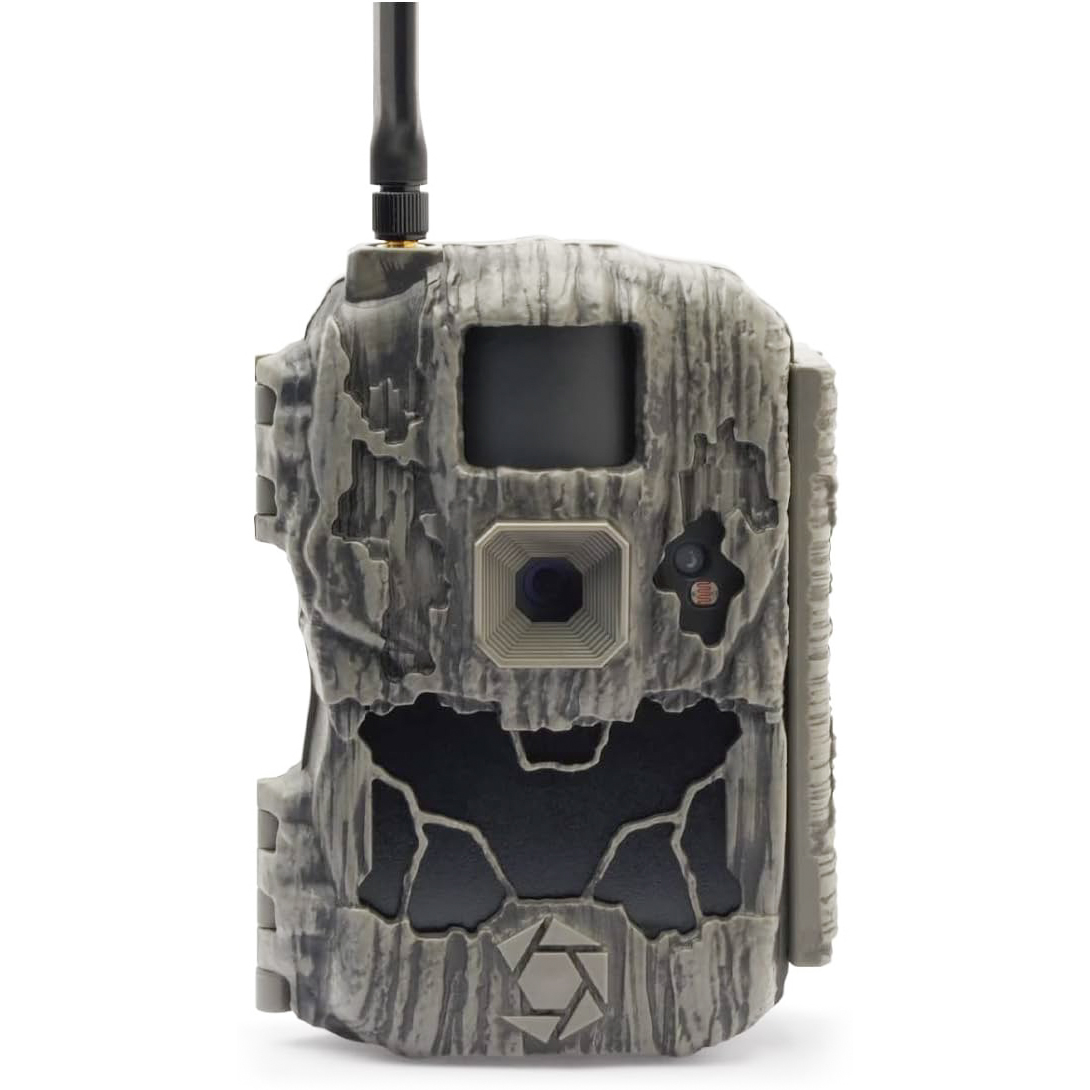
Many cellular trail cameras just don't record video. But the DS4K Transmit will record 4K color video to the memory card, and send you a low-res GIF to your phone. There is 32MP still too - and it can switch between Verizon and AT&T to find the best signal. Read more below
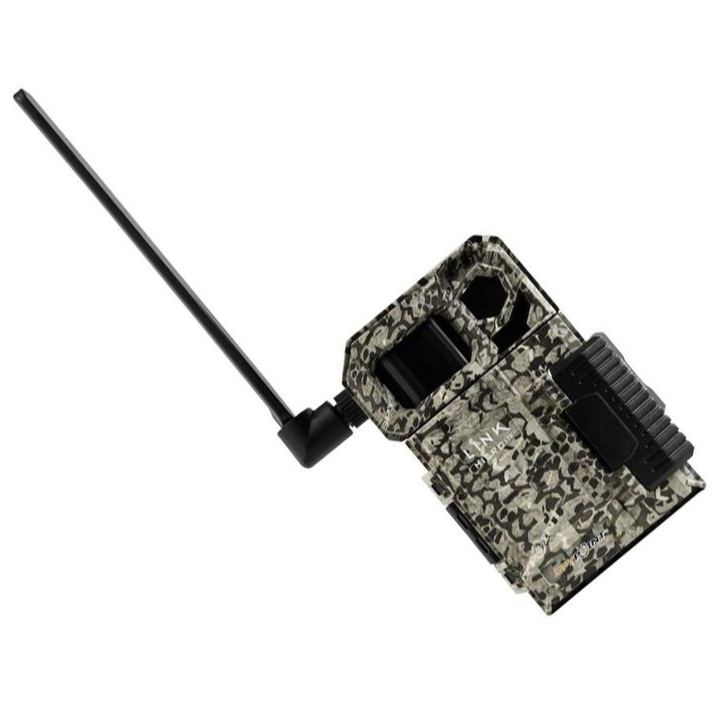
At a significantly lower price point than others, the Link-Micro-LTE is a device well-suited for those who want to get several lenses in the same area and keep an eye on the movements of bigger animals, for research or game management. Read more below
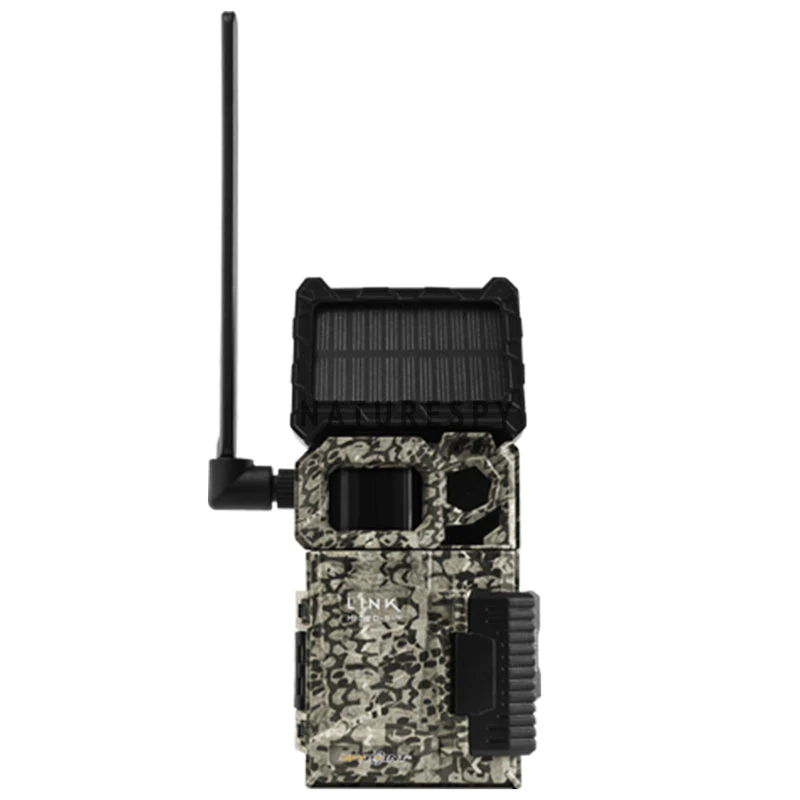
The Spypoint Link-Micro-S-LTE makes it easy to transmit photos of wildlife straight to your smartphone, moments being captured. The battery is long-lasting thanks to the solar panel, making it an independent trail camera you can leave alone for days while still enjoying the images it captures. Read more below
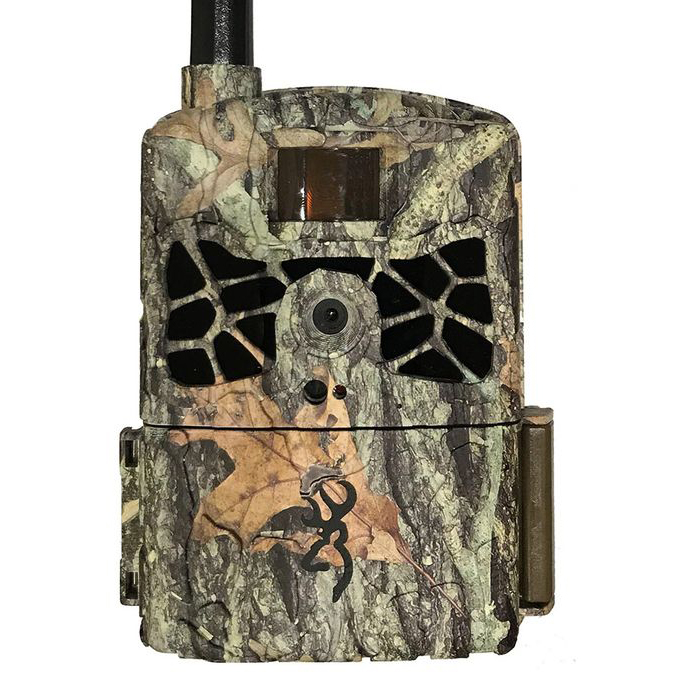
It might take 16 batteries, but once they're in, your camera trap is ready to go. We love its ability to track and record moving objects alongside an impressive photo resolution. Read more below
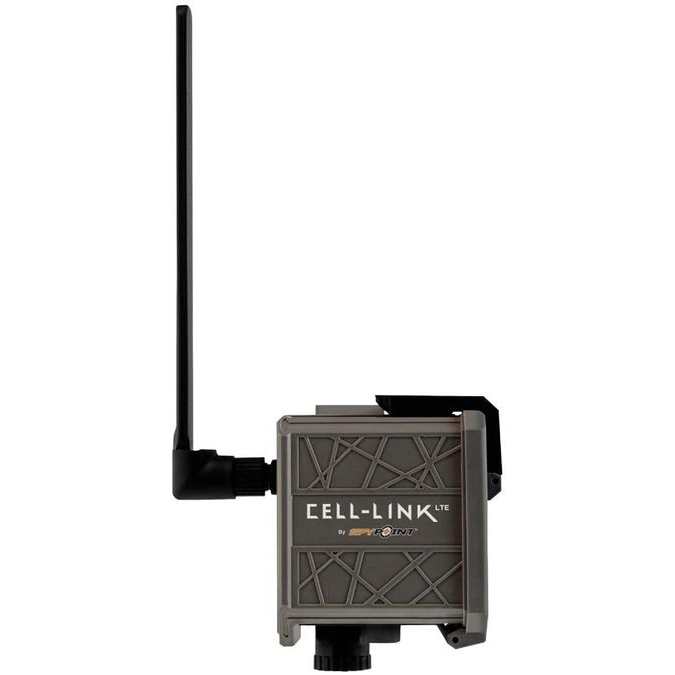
With onboard 4G LTE technology, this device is able to turn any existing trail camera into a cellular one. Even better, it doesn't even have to be a Spypoint camera. Read more below
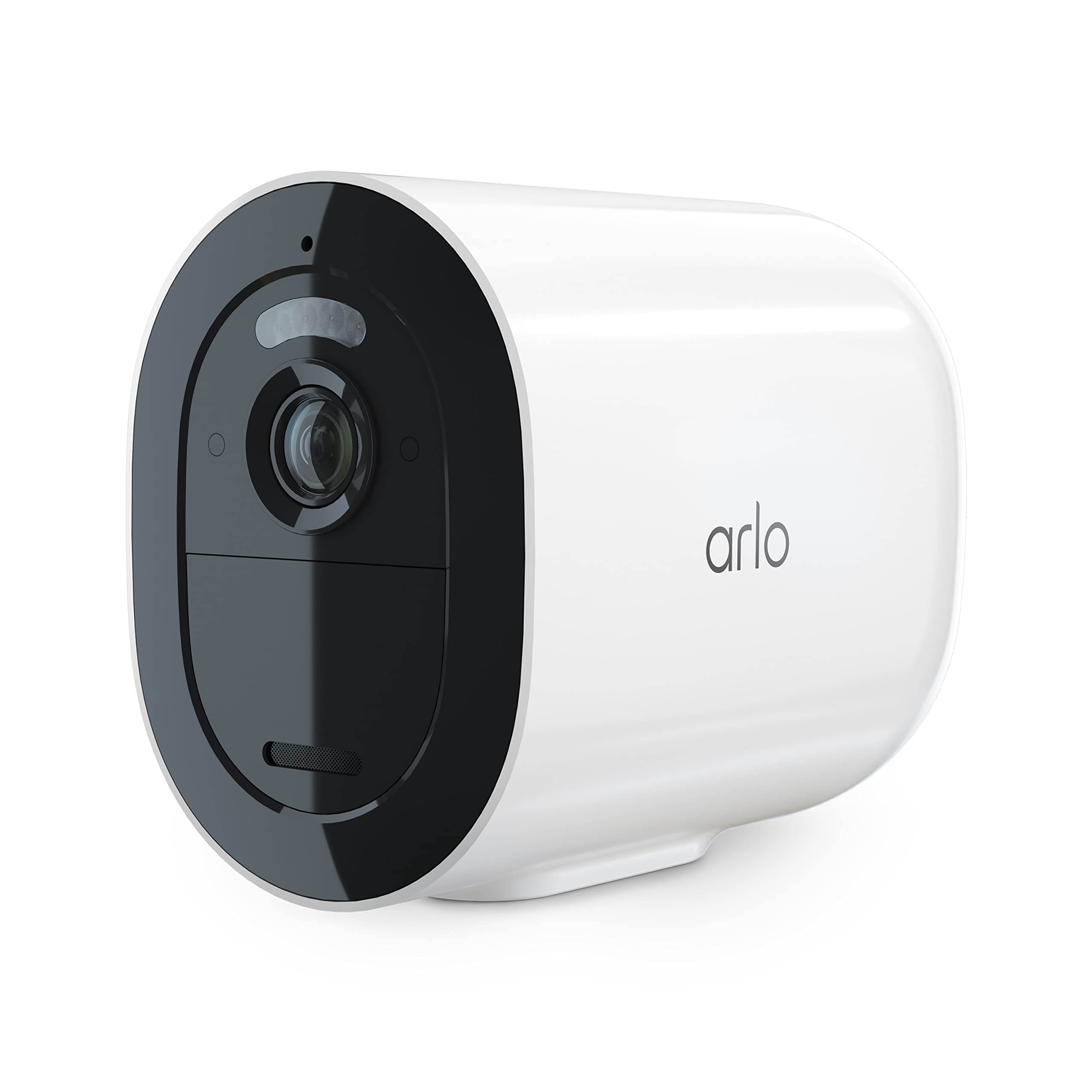
We appreciate this isn't a trail camera in the strictest sense, but it is able to spot animals moving near it. Settings can be adjusted remotely, and even though the battery life isn't great. Read more below

With over 25 years of expertise as a tech journalist, Adam brings a wealth of knowledge across a vast number of product categories, including trail cameras, home security cameras, NVR cameras, webcams… and, above all, drones.
Best cellular trail cameras
Why you can trust Digital Camera World
Best cellular trail camera overall
Specifications
Reasons to buy
Reasons to avoid
✅ You want top-quality resolution: With a 32-megapixel resolution, this camera is the best in class.
✅ You need a sturdy camera: With a rugged hard plastic construction, the DS4K is more than up to the task.
❌ You want a hardwired camera: Requiring 12x AA batteries, you'll want to be aware that you'll be incurring extra expenses.
❌ You need large storage: With a maximum 120GB SD card, there are much larger storage options available.
The DS4K Transmit isn’t the cheapest trail camera, but it doesn’t disappoint in features either. Many cellular cameras take the view that 4K video is difficult to transmit by 4G/LTE connections, so the feature is left out entirely. Here the camera can still record them locally even though it only sends 720P GIFs via its cellular connection. Previews can be seen in the Command Pro app on your cellphone, and images are stamped with time, date, and moon data.
Setup isn’t a painful process either; all that is required is a QR code scan and the following steps. The camera’s 32MP stills can be caught in a burst of 9 images per triggering, and the device houses 42 850nm LEDs. Placing it in a location for any length of time will need lithium batteries, and it’s worth remembering that the reliable sensing zone is closer to 60ft /20m).
Features | A wide range of useful features although SD card capacity is lacking. | ★★★★ |
Design | A brutish design that won't appeal to all. | ★★★★ |
Performance | An impressive 32 MP stills camera with 4K camera provides the necessary resolution for observation. | ★★★★ |
Value | An impressively comprehensive feature set for the price. | ★★★★ |
Read more: Stealthcam DS4K Transmit
Best budget cellular trail camera
2. Spypoint Link Micro LTE
Specifications
Reasons to buy
Reasons to avoid
✅ You want a large detection zone: Capture more activity with the wide field of view on this camera.
✅ You need an easy setup: The camera be set up quickly and easily and is perfect for beginners.
❌ You need excellent output quality: The picture quality from this budget camera is in line with its budget price.
❌ You want a camera that will last: Build quality lacks durability.
At a significantly lower price point than others, the Link-Micro-LTE is a device well-suited for those who want to get several lenses in the same area and keep an eye on the movements of bigger animals for research or game management.
Spypoint’s app certainly doesn’t neglect location data coming from the cameras or taking advantage of other available data (like weather services), but ultimately this is just as suited for strapping around trees and sending back images via a 4G LTE network as the Link-S-Dark above. You’ll need to change the batteries more, though, and note that, like the Spypoint Link-Micro-S-LTE, you can't record video.
Features | Lacks more advanced features such as video or timelapse. | ★★★ |
Design | The budget quality extends to the build quality. | ★★★ |
Performance | Limited quality on output pictures. They're still usable but not great. | ★★★ |
Value | A cheap price for budget-conscious buyers. | ★★★★ |
Best solar powered cellular trail camera
Specifications
Reasons to buy
Reasons to avoid
✅ You need superior running time: Solar panel functionality means this camera can shoot for absolutely ages.
✅ You want smartphone connection: Transmit 100 photos for free each month.
❌ You want to record video: The Link-Micro-S-LTE is just a stills camera, unfortunately.
❌ You need an all-rounder: Lacks versatility.
The Spypoint Link-Micro-S-LTE makes it easy to transmit photos of wildlife straight to your smartphone, moments being captured. The battery is long-lasting thanks to the solar panel, making it an independent trail camera you can leave alone for days while still enjoying the images it captures. You can also retrieve higher-resolution images from the camera’s memory card later.
With a 0.4-second trigger speed and 80-foot detection and flash range, this cellular trail camera offers good value for money. Like the Spypoint Link Micro LTE (number 6 on our list), the only major downside is that it doesn't capture video clips.
Features | Smartphone connection is one of the standout features of this camera. | ★★★★ |
Design | A rudimentary design that benefits from solar panel technology. | ★★★★ |
Performance | A camera that just keeps on going and delivers high-resolution images at the same time. | ★★★★ |
Value | Relatively affordable, although we'd have like to have seen video functionality too. | ★★★★ |
Read more: Spypoint Link-Micro-S-LTE
Best for batteries
4. Browning Defender
Specifications
Reasons to buy
Reasons to avoid
✅ You value fast detection: The Browning Defender will detect anything that moves with its excellent sensors.
✅ You hate changing batteries: A long battery life keeps this camera going for longer.
❌ You have a booster antenna: Unfortunately, the internal antenna doesn't allow for a booster antenna to be used.
❌ You'll be doing night photography: Images at night are lacking clarity.
Here's another great cellular trail camera that offers a lot to like. Once the 16 batteries have been slotted into the back of this, it forms a chunky unit, which means you can be confident that the power-hungry cellular radio circuitry will last a decent while. Open the door, and the backlit 4-way menu button and on-screen menu make setup straightforward. And of course, it also serves as a real viewfinder when positioning—ace.
Video enthusiasts will appreciate the system’s ability to monitor and keep recording subjects that keep moving, while photographers will love the resolution compared to some of the more game-oriented options. Those operating in busier areas will appreciate the optional security box too.
Features | Photo and video functionality enables users to capture more. | ★★★★ |
Design | A battery-focused design for excellent remote tracking and shooting. | ★★★★ |
Performance | It kicks in when it needs to and produces reasonable images. | ★★★★ |
Value | Reasonably priced especially given its features. | ★★★★ |
Best cellular link for existing cameras
5. Spypoint CELL-LINK
Specifications
Reasons to buy
Reasons to avoid
✅ You have an existing camera: If you're very happy with the camera you already own, then this link device is what you need.
✅ You want wide compatibility: This link device works with almost all brands and models of camera.
❌ You don't own a camera already: This is only a link device, with the trail camera being sold separately.
❌ You want flexibility: Remote settings are unavailable unless you buy a camera of the same brand.
This cube-like chunk is big enough to house eight AA cells and the 4G LTE tech to turn any existing trail camera into a cellular one. Images can be retrieved via the Spypoint app so you can access them from anywhere.
Naturally, the manufacturers would prefer your original was a Spypoint too, but they’re not picky. In theory, at least any camera that uses an SD card—and that seems to be most—should do the trick. An SD-like adapter at the end of a flat cable must be negotiated through the weatherproofing of your original device and inserted into the SD slot.
It's worth noting that this product has a SIM lock, which means you can only use the included SIM rather than one from a different provider.
Features | With 4G LTE tech, you can connect to any trail camera you like. | ★★★★ |
Design | A basic design, but then again, it is only a link device. | ★★★★ |
Performance | A reliable device that performs adequately. | ★★★★ |
Value | A more affordable option for anyone who already owns an existing camera. | ★★★★ |
Best alternative
Specifications
Reasons to buy
Reasons to avoid
✅ You value high-quality video: 1080p resolution output looks great.
✅ You track various targets: With the ability to track cars, people, packages or animals, the Arlo Go 2 does it all.
❌ You need the best coverage: Not all locations have cellular coverage, and it only supports 2.4GHz Wi-Fi.
❌ You want a long battery life: Unfortunately, the high-quality output and numerous activations result in the battery life being drained quickly.
It's not specifically designed for wildlife watching, but the Arlo Go 2 is a cellular security camera that will certainly spot animals wandering near it. It can connect to Arlo’s remote monitoring software (app or web tool), and it is easy to view events and initiate two-way talk. Settings can also be changed remotely, for example, switching from black and white night vision to illuminating subjects with its floodlight. The battery life is lower than most of the dedicated cameras, though it can be charged via a magnetic connector from below, and a solar adaptor is available.
As we said, this might not be a trail camera as such, but if your trail and your hunter’s cabin need remote monitoring for security as well as animals, then there is much to be said for this approach.
Features | Photo and video capture along with mono and color functionality. | ★★★★ |
Design | A beautiful design that oozes class. | ★★★★ |
Performance | Impress image quality but poor battery performance. | ★★★★ |
Value | You're paying a premium for an all round great package. | ★★★ |
Read more: Arlo Go 2 review
FAQ
Do I need a data plan for a cellular trail camera?
Yes. Cellular trail cameras require a data plan to send pictures and videos. These plans are typically purchased through the camera manufacturer or a compatible service provider and are often paid for on a monthly or yearly basis. Costs usually range from $5–$15 per month, depending on the number of images or the amount of data included.
Can a cellular trail camera save you money?
Yes. It saves you time and gas (petrol) money by eliminating the need for frequent trips to the camera's location and check the SD card – it also saves time.
How can I improve my camera's battery life?
Cellular cameras consume more battery power than traditional models, but consider using lithium AA batteries, or if there is light, look at a large external solar panel or even a large external power pack.
You might also like...
If you want to spot wildlife, you might also like the best binoculars, the best portable hides for wildlife photography and the best night vision goggles. These are the best spotting scopes and the best monoculars.
The best camera deals, reviews, product advice, and unmissable photography news, direct to your inbox!

With over 20 years of expertise as a tech journalist, Adam brings a wealth of knowledge across a vast number of product categories, including timelapse cameras, home security cameras, NVR cameras, photography books, webcams, 3D printers and 3D scanners, borescopes, radar detectors… and, above all, drones.
Adam is our resident expert on all aspects of camera drones and drone photography, from buying guides on the best choices for aerial photographers of all ability levels to the latest rules and regulations on piloting drones.
He is the author of a number of books including The Complete Guide to Drones, The Smart Smart Home Handbook, 101 Tips for DSLR Video and The Drone Pilot's Handbook.
- Paul HattonFreelance tech writer
